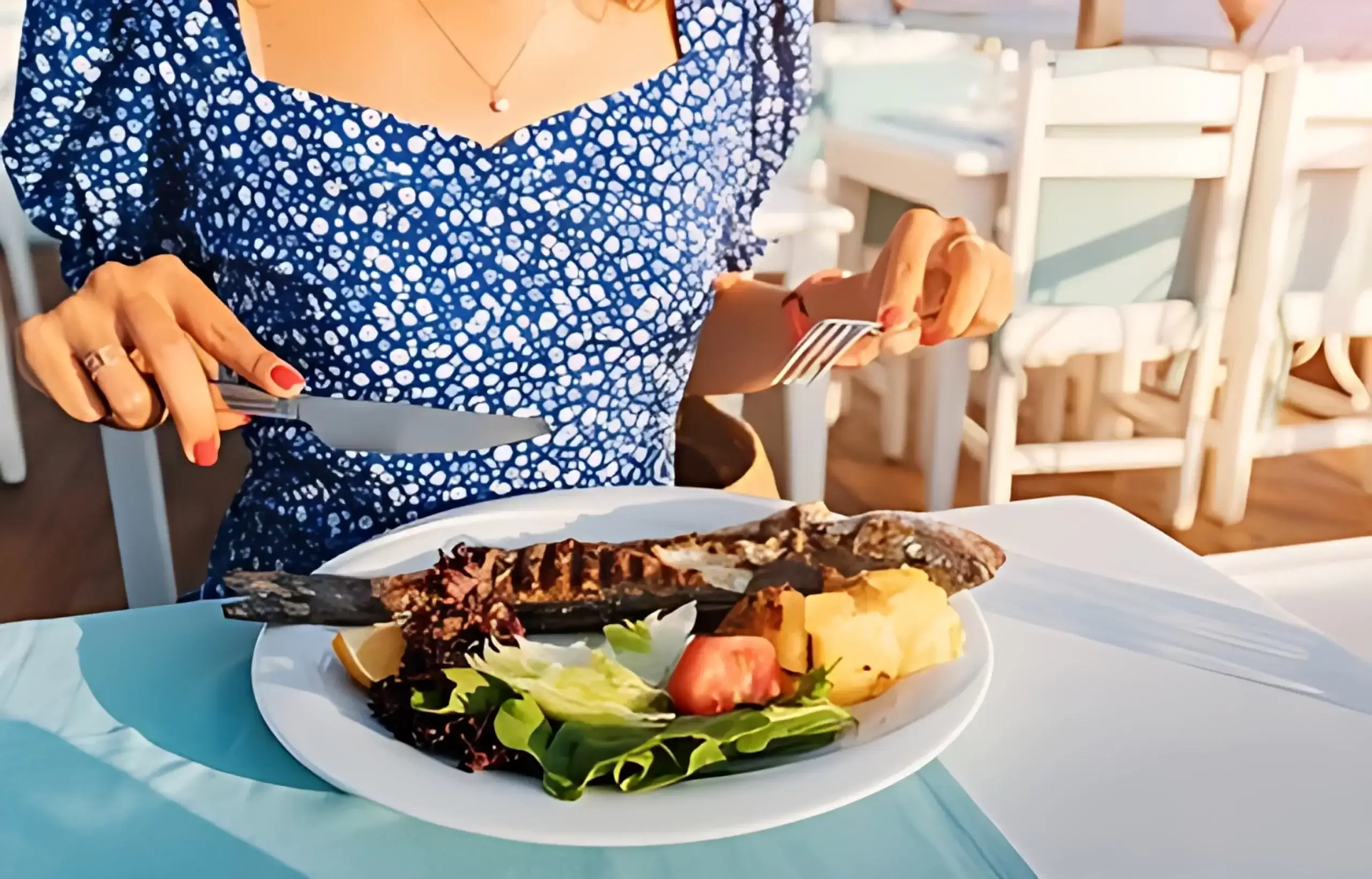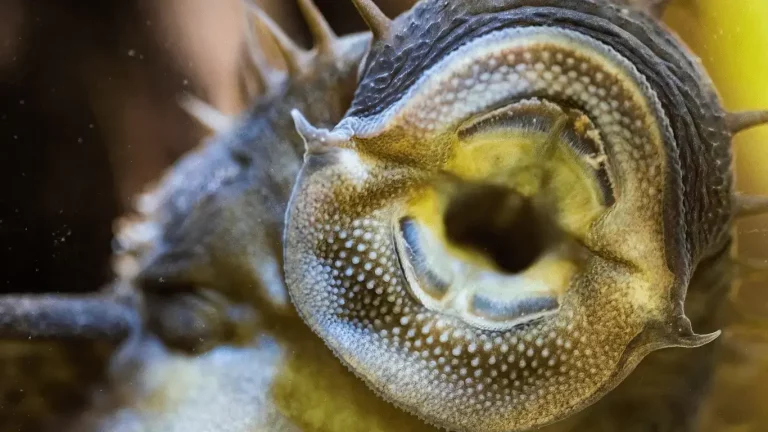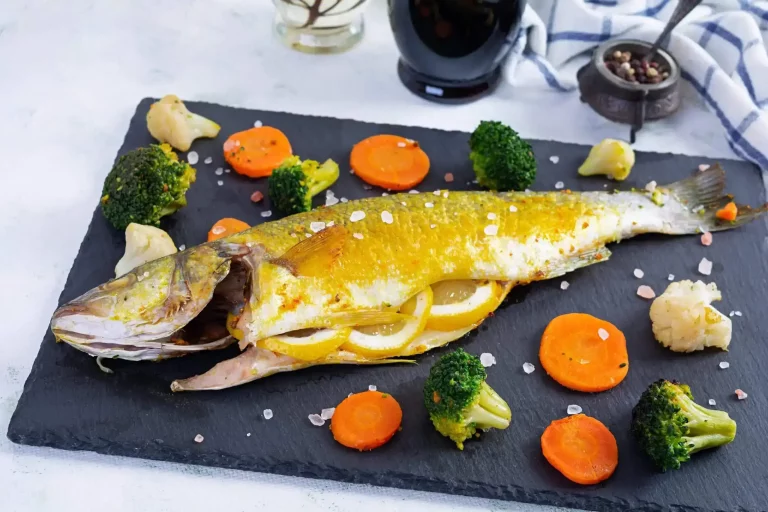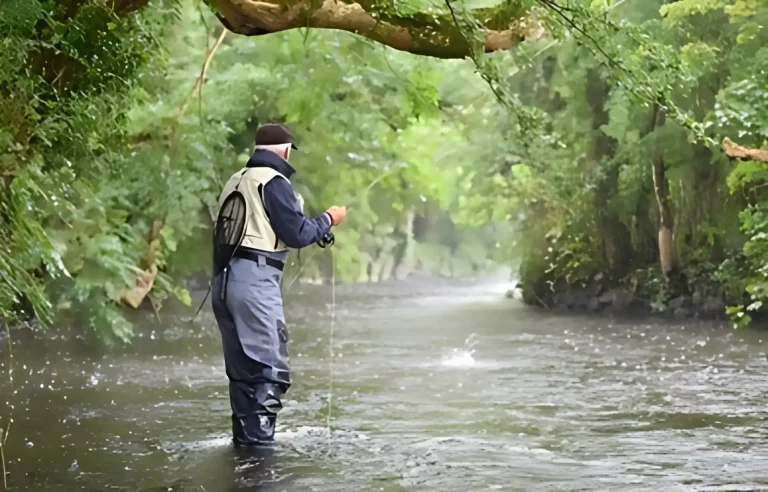Eating Bass
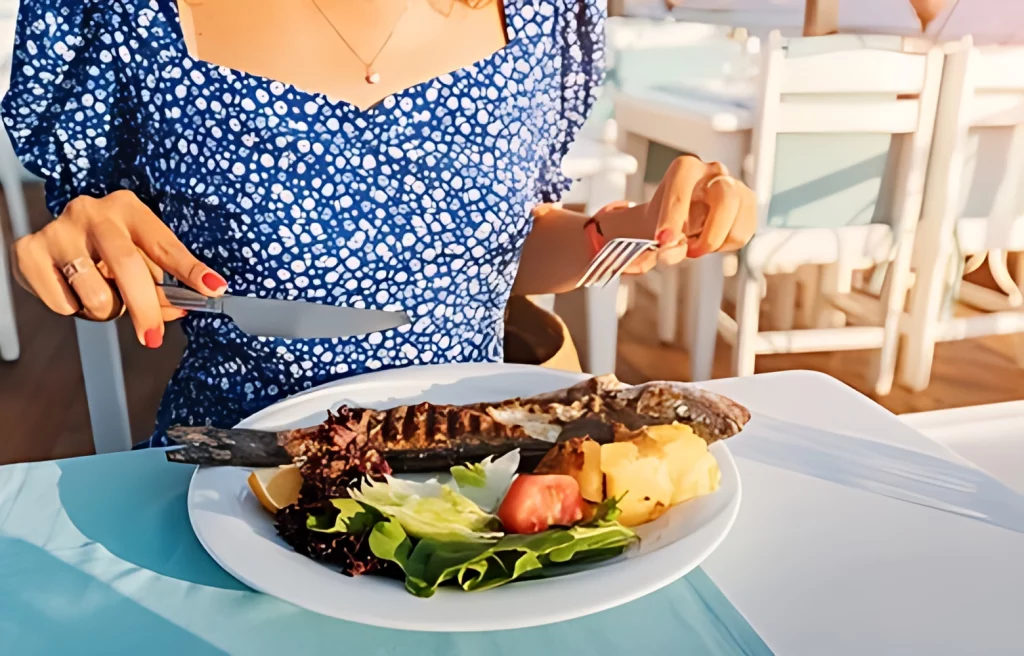
Anglers in the United States love to pursue big bass, making it the leading game fish. The popularity of bass fishing has led to a lack of interest in eating them.
Is cooking and eating bass possible? If so, why aren’t fishers more likely to do so?
The short answer is:
Largemouth bass can be eaten, although they aren’t considered one of the best-tasting freshwater fish. Many more people prefer salmon, trout, walleye, and other types of fish. The murky flavour of bass caught in sluggish ponds or rivers might also put some people off. Anglers believe that catching bass is more fun than eating it, for the most part.
Contents
Can you eat largemouth bass?
If you’re anything like me and enjoy catching bass, you’ve doubtless wondered if they’re edible. Most bass anglers release their catch, and very few keep any of their catch for consumption.
What’s going on here?
There is a possibility that eating largemouth bass is terrible for you, but that is not the case. Fish like bass are excellent for human eating, and some individuals do so frequently.
Another possible cause is that they don’t taste nice. Even if the taste is a matter of personal preference, more evidence supports this claim. Even the most delicate dishes can’t hide the murky flavour of fish captured in sluggish waterways.
It would help if you only consumed bass that has been caught in clean water, such as a lake or river that is at least 100 square miles in size and free of pollution. It would help if you did not eat a bass collected in a muddy waterway or drainage canal since it is unsafe to consume.
Largemouth bass have an earthy flavour reminiscent of the water you caught in them, which is a good rule to follow while cooking them. You’ll get a similar taste if you see bass from an area that smells like swamps. That which comes from should be clean and odourless in ideal circumstances.
In addition, because of the algal bloom in the summer, many lakes have more transparent water in the colder months. You should avoid eating bass throughout the summer if it is the case in your lake.
If you’re going to eat fish, it’s usually a good idea to find out how polluted the waterways where you’re fishing are. It applies to all fish species.
What does largemouth bass taste like?
Are you curious about the flavour of bass? Fish from clean lakes have a gentle and pleasant taste that resembles bluegill. When cooked correctly, their flesh is white and soft, and when fully cooked, it turns flaky.
But if the water is muddy or dirty, the bass might taste horrible. It’s best to consume largemouth bass in cooler months since, during the algal bloom in summer, the meat of bass tends to taste murky.
When you get a bass, a powerful odour comes out of its abdominal cavities, which some people find unpleasant. Fortunately, you can remove the scent with careful cleaning, and cooking typically eliminates any lingering odours.
I’ve had good and bad experiences with bass, so I’m not sure there is a definitive answer to this problem. I believe that where the bass comes from, its size, and the chef’s competence in cooking all have a role.
What size bass should you eat?
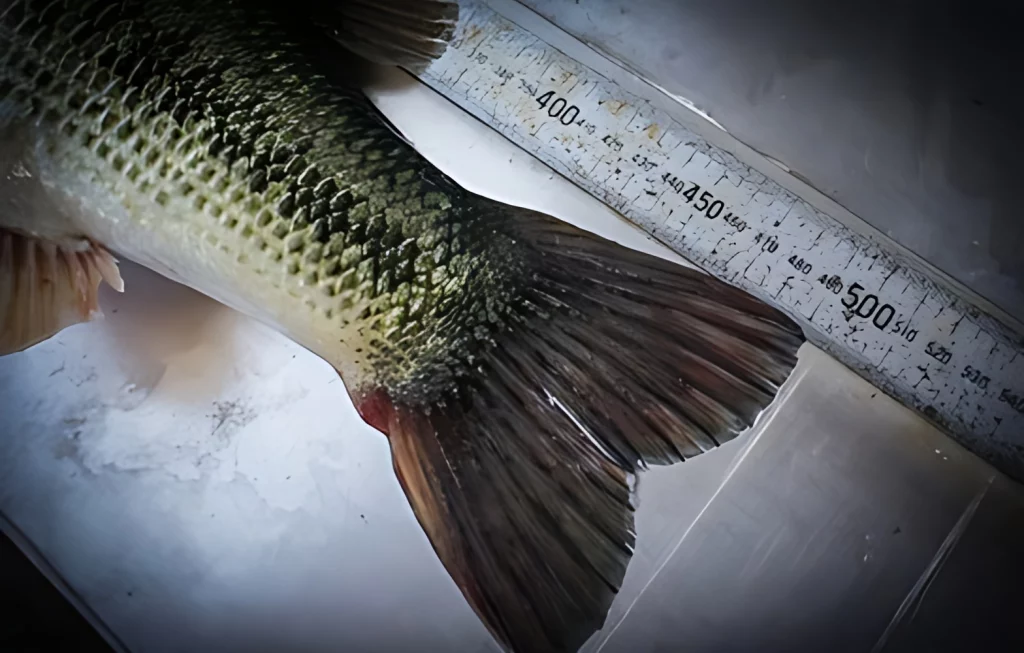
The optimal size for a largemouth bass to consume is between 10 and 14 inches.
As with many other fish species, juvenile bass have tastier and more flavorful flesh, whereas older bass become harder and acquire more toxins during their life cycle.
As a bonus, it’s easier to prepare the smaller ones. If you’ve ever tried to cook a large fish, you’ve probably noticed that some of the meat is still raw in the center while the outer edges are already well done.
How to cook largemouth bass
Filleting the largemouth bass first and then using one of the following cooking methods is the most pleasing way to prepare it:
Pan-frying
Frying in a deep pan
Grilling
Baking
The first step is to remove the skin of the filets. They are ideal for battering and pan-frying due to their strong white tissue. Before battering and deep-frying, cut the bass filet into nugget-sized pieces.
Largemouth bass may also be baked in alfoil, a fantastic technique to prepare the fish. A simple addition of spice and smashed garlic is needed to bring out the flavor of the meat while it stews.
Do you recommend releasing largemouth bass or eating them?
Many bass fishermen are nearly passionate in their commitment to the catch-and-release philosophy when it comes to bass. It’s practically a sin to cook and consume bass for that fisherman.
The catch-and-release strategy makes a lot of sense from a conservation perspective. Largemouth bass receives more fishing pressure than any other species in the United States because of its popularity as a game fish. If fishermen murdered most of the bass they caught, this would have a tremendous impact on bass numbers.
However, if you bring home a handful of the smaller fish you catch, you shouldn’t have an issue. It is also beneficial to return the large ones for a variety of reasons. In terms of their size and taste, they tend to be large female breeders that produce thousands of eggs each breeding season.
However, given that many other fish species, such as crappie, perch, trout, and walleye, taste better than bass, I believe taking bass home is superfluous. As far as anglers go, even those who enjoy eating bass acknowledge that their flavour could be more noteworthy. Why not let them go free and eat the more delectable ones if this is the case?
Final remarks
When cooked properly and in a clean atmosphere, largemouth bass makes an excellent entrée. However, if you can prevent it, steer clear of bass caught in polluted or stagnant water.

